Danger of Bee Stings
If a person is allergic to bee sting and not treated immediately, it can be fatal. People who are not allergic, however, will only be experiencing swelling, pain and itchy skin symptoms.
However, when someone is allergic, it can become problematic. The condition caused by an allergy to a bee sting is called anaphylaxis, and it must be treated immediately.
Treatment for a Bee Sting
Whatever, the treatment is for a bee sting, it needs to be applied immediately. The first thing that must be done in any case is to remove the stinger from the area where the bee penetrated the skin. The best thing to do is to just scrap off the skin in order to make sure that none of the stinger is left buried under the skin.
It is important not to try to remove the stinger with the fingers, because there is a possibility that the person can squeeze even more venom into the skin or push the stinger even deeper into the skin.
It is of utmost importance to remove the stinger right away to avoid any further and much more severe reactions.
Another very important thing that a person needs to do is to get out of the general vicinity in which the sting occurred. When a bee feels threatened it releases a scent that will attract other bees to come help. Therefore, it is very important to leave that place, because more bees will be coming soon.
How to Reduce Swelling and Inflammation
The intensity and severity of the swelling that occurs usually depends on what part of the body the sting occurred. The swelling will be a lot more intense if the person was stung on the face, as opposed to the extremities, such as the legs and hands.
The best thing to do in order to get the swelling down is to immediately apply some ice to the sting. The pain will probably go away almost immediately, but the swelling and redness will remain for a longer period of time.
For a person that is not allergic to bee stings, the swelling will probably go down within a period of 24 hours.
Corticosteroid creams and Calamine lotion can also be applied to the sting in order to reduce inflammation.
Some home remedies that can be applied to the skin include pickle juice and vinegar, which will both help to reduce the swelling and itching.
Ibuprofen can help with the pain.
Dangers of Being Allergic to a Bee Sting
If the person is allergic, then it is important to contact a doctor immediately and to get that person medical assistance as soon as possible.
Diagnosis must be made at several levels:
- The nature of the subject’s worst insect sting reaction.
- The probable identity of the responsible insect.
- Skin test or in vitro evidence of IgE sensitization of the subject to relevant venoms.
- Other in vitro tests.
- Sting challenges.
A person who is allergic or was stung multiple times and is experiencing extreme swelling can also experience a shortness of breath.


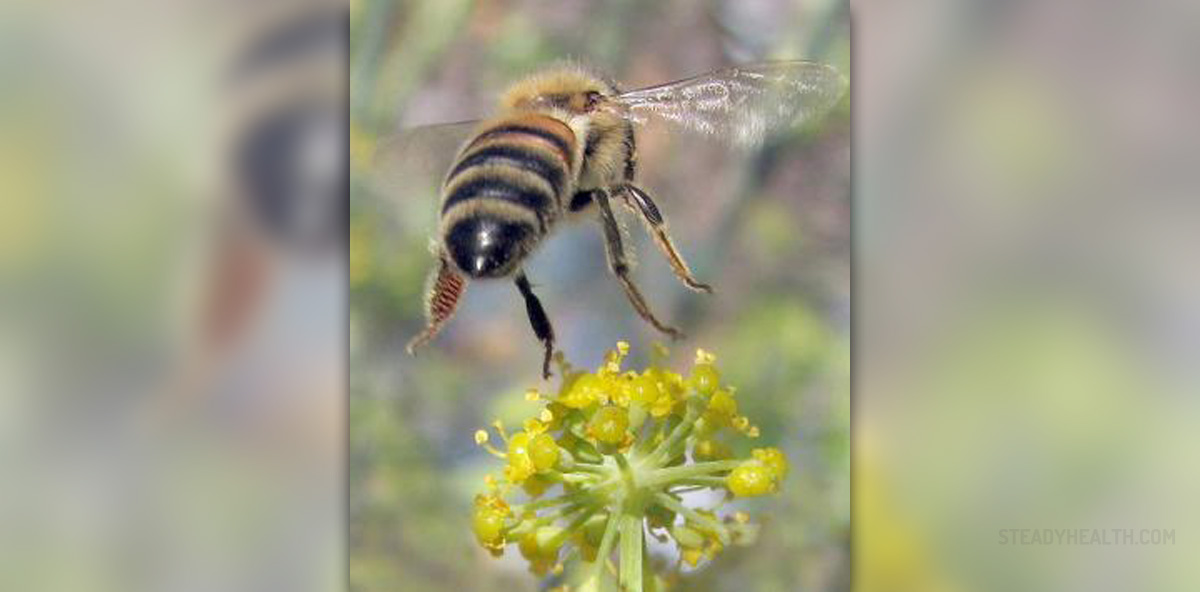

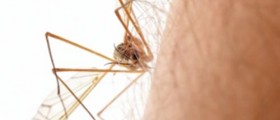

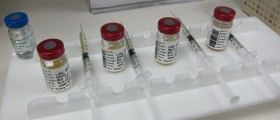

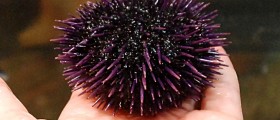
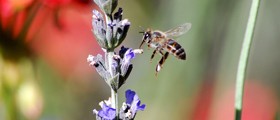


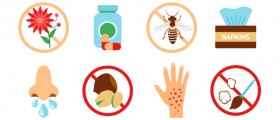

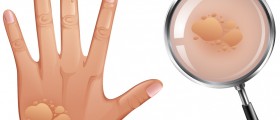

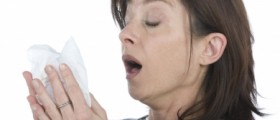

Your thoughts on this
Loading...